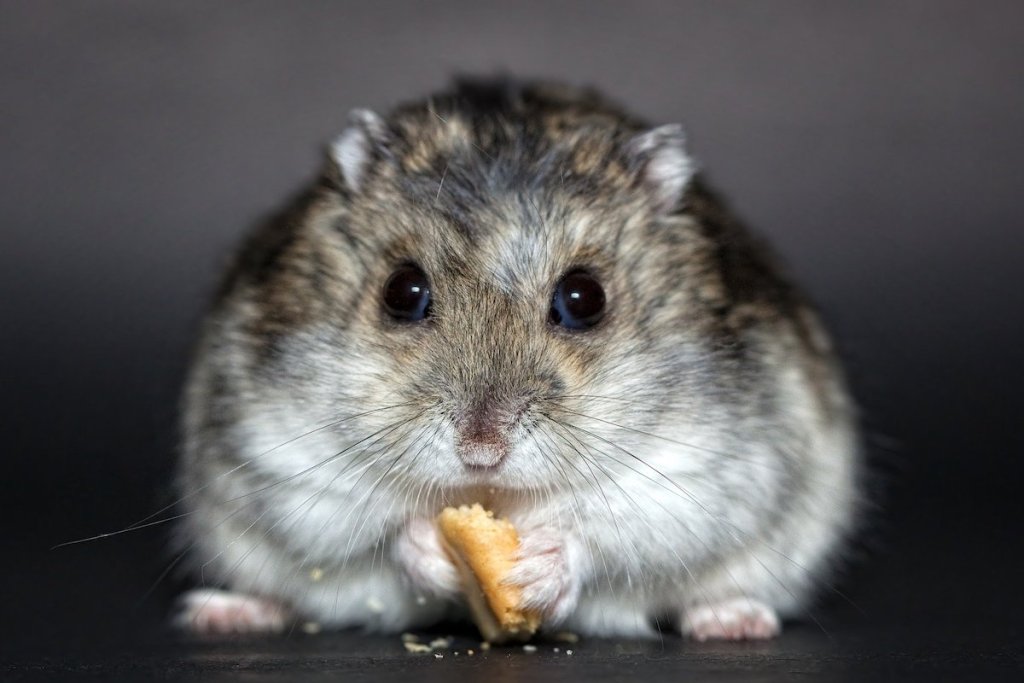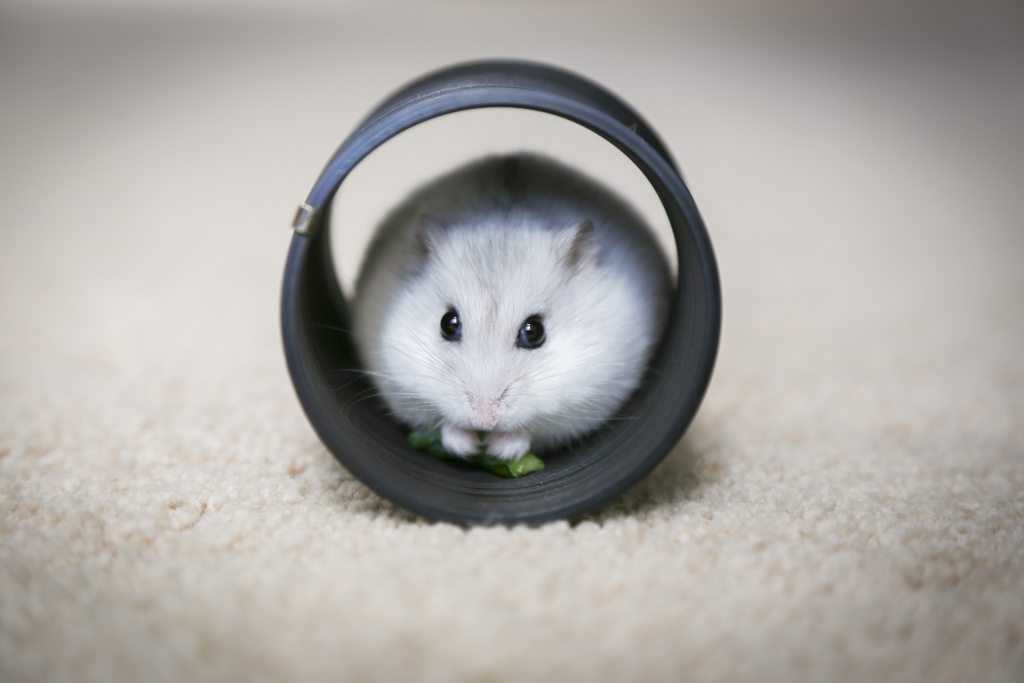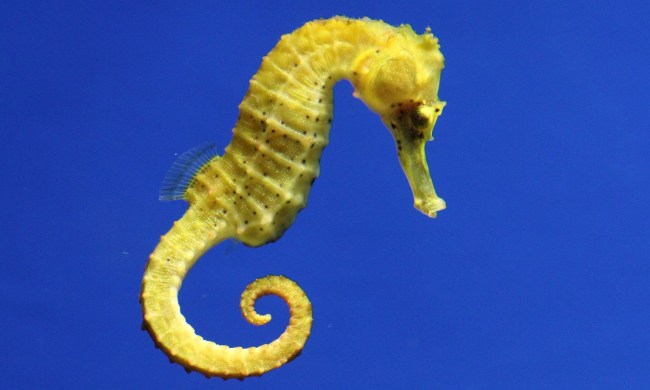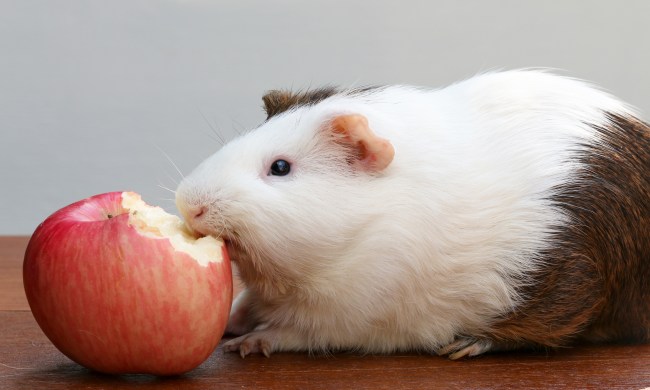Even though they’re little, hamsters require a big commitment and all the responsibility that comes with being a pet parent. And while they might not need long walks or litter box cleaning, it’s vital to your small pet that you keep her safe and happy. We want our little friends to live a good life, after all, and the proper care goes a long way toward ensuring she makes it to a ripe old age. Even the most pampered hamster won’t make it much beyond three years, but with a solid routine in place, you can stretch her life to its fullest potential.

Know her history
When you want an animal that will live a long time, make sure you get her from the right place. You want to seek out breeders and pet stores that work carefully to keep both the mamas and babies happy their whole lives. Check their cage when you visit to ensure it’s clean, and inspect your potential pet before taking her home. Look at eyes and paws especially, but also make sure her coat is soft and shiny.
Maintain her cage
Probably nothing will affect your hamster’s life span more than her home. Before she even arrives, set everything up in a designated area. You’ll need a large cage — at least 12 by 12 by 24 inches for one hamster and more for multiples or bigger breeds. On the bottom, she needs comfy bedding you can make of paper and cloth, though you could also purchase premade from a store. Once she’s there, keep it extra clean, as that will go a long way to making sure she stays healthy.
Get her checkups
Just like any of your other furry friends, you need to get her looked at about every year and definitely when you first bring home your pet. Be mindful, too, of common signs of hamster ailments like diarrhea or a wet tail, which can be deadly. They can also get colds just like people and need special meds to get better. If you notice any of these issues, get her to her vet as quickly as possible. Wet tail can take a hamster’s life in just two days, so you’ll need to hurry if you notice that symptom specifically.
Feed her well
Hamsters have a varied diet, including pellets, fruit, veggies, and bugs. You’ll want most of their feedings to consist of the hamster food you get at the pet store, but don’t skimp on the treats. They’ll love to snack on some of the same things you do, such as celery and apples. Of course, they also enjoy munching on mealworms (we don’t recommend you share this one). Most importantly, keep her set with clean and fresh water at all times, replacing it daily and washing out bottles and dishes.

Give her a wheel
And maybe lots of tubing as well! Hamsters love to exercise, and you can help facilitate that with a couple of toys. We definitely recommend the iconic hamster wheel and ball, especially to give her something to do when she gets restless at night. Shake things up with extra toys to keep her entertained as well, like ladders or stairs. You can even bring your hamster out to play with you, provided you prepare in advance to prevent her escape.
Provide her with chew toys
Hamster’s teeth basically never stop growing, so it’s important that you help keep them short to prevent discomfort and infection. Her new toys will double both as something to play with and a form of dental hygiene. Hamsters typically like to grind on wood, calcium, or biscuits. It’s best to find these at the pet store since you don’t want to give her just any old wood that might be treated with chemicals.
So, how long do hamsters live? The average is about two to three years, and with the right care, hopefully, you’ll give her a long and, more importantly, happy life. If you’re keeping more than one hamster, you will also need to make adjustments like getting a bigger cage and cleaning more frequently. Be mindful of keeping too many together or putting males in the same cage as that can lead to fights and shorten life spans. By giving it your all, you’ll surely help your pets thrive.



